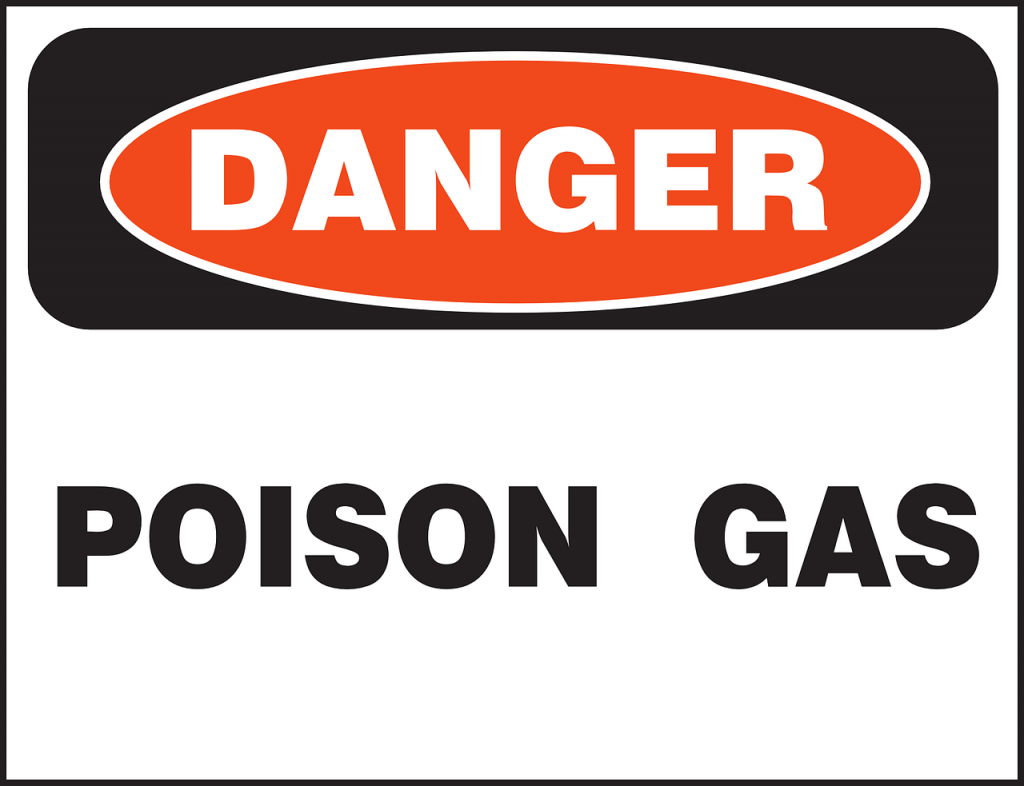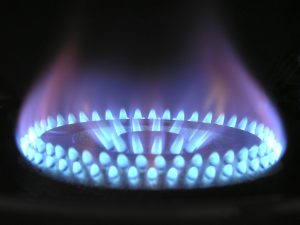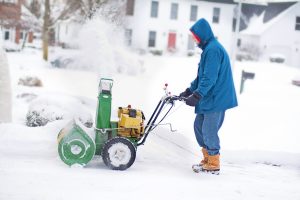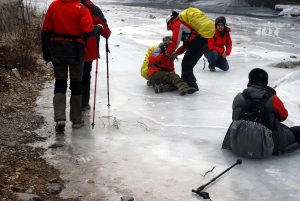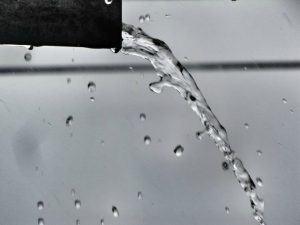As the holiday season ends and the weather gets colder, it’s important to take extra care to prevent Carbon Monoxide (CO) gas poisoning. Exposure to carbon monoxide gas can result in permanent neurological damage or death, and anyone can be at risk.
Carbon monoxide (CO) is an odorless, colorless, tasteless gas that is slightly lighter than air. It becomes a liquid under high pressure. It can also kill within minutes in high concentrations. Carbon monoxide is produced by the incomplete combustion of any fuel that contains carbon. This includes gasoline, natural gas, oil and propane, as well as coal and wood products.
In the workplace, the most common source of exposure is from internal combustion engines. It’s easy to forget that propane powered forklifts produce carbon monoxide because the output is normally very low. The levels are affected by dirty air filters, engines in need of tuning, fuel systems needing service and the age of the forklift. Other potential workplace sources include:
- Operations near furnaces, ovens, generators, forges and kilns when they are fired up to operating temperatures
- Organic chemical synthesis processes including some petroleum-product processes
- Gasoline-powered tools such as high-pressure washers, welders and pumps
- Metallurgical processes
- When air is supplied from reciprocating oil-lubricated compressors
As many of these sources are only used in cold weather, carbon monoxide gas poisoning is considered by many to be a “seasonal” risk. However, carbon monoxide gas can build up in any enclosed or semi-enclosed space at any time. Exposure can occur through inhalation of the gas and eye or skin contact with the liquid.
Symptoms of Carbon Monoxide Poisoning
The symptoms of low-level carbon monoxide gas poisoning include headaches, nausea, weakness, dizziness and confusion. As carbon monoxide exposure increases, more serious symptoms develop, including a lack of coordination, chest pain, vomiting and loss of consciousness. If exposed to carbon monoxide long enough, coma and death can occur.
Regardless of what your business is, it is important to be aware of the dangers of carbon monoxide and how to protect yourself and your employees. The following are a few suggestions to help protect you your workplace from carbon monoxide exposure:
- Install a carbon monoxide detector in your business such as those from Security Specialists
- Educate yourself and your employees on the effects of carbon monoxide poisoning
- Do not permit automobiles or other gas-powered equipment to run indoors without proper ventilation
- Ventilate areas to dilute or reduce the concentration of carbon monoxide
- Check gas appliances periodically for proper operation and venting
- Ensure that chimneys, flues and vents are free and clear of debris
- Do not use unvented gas and wood stoves or charcoal grills indoors
All of us at Security Specialists Want You To Stay Safe This Winter!

